Photography is an expensive hobby, and yet still we love doing it whether be it professionally or as a passion. Owning costly camera bodies and lenses is one part of our job, and making sure that they are stored safely in a camera bag is an equally important responsibility. As a street and travel photographer, I am always on the go carrying a camera body, a zoom lens, and a flash. I make sure that I am not carrying all this gear in a heavy backpack.
The Agua Versa Backpack 90 by Miggo is one of a kind. It’s a versatile storm-proof backpack that can be used as a camera bag as well as a normal day-to-day use bag. When it comes to choosing the right camera bag, I am very particular about its quality, comfort, and weight. Now let’s find out if this classy looking backpack comes out as a clear winner or not.

What you can store in the Agua Versa Backpack 90
- DSLR with attached lens (such as Canon 5D Mark III or IV with 24-70mm f/2.8),
or medium size DSLRs / large size mirrorless cameras - Extra lens (such as 70-200mm f/2.8)
- Flash unit
- Up to 14.5” laptop (but I am able to store my 15.6-inch laptop)
- iPad / tablet
- Memory cards
- Cables
- Extra battery
- Extra personal belongings
Appearance

Trust me when I say that this backpack could make you fall in love with it at first sight, and I am saying this from my personal experience. It’s not just me but my fellow photographers have been asking me about this bag as I have been carrying around for weeks now.
The matte black kind of finish that this bag has is the reason that you may get attracted to it. That is the storm-proof material (tarpaulin) that has been used to create the bag. The combination of black and blue colors makes this bag look elegant as well as stylish at the same time. By looking at the bag you can tell how light and convenient this bag would be to carry on your back.
Inside the Bag
The Agua Versa Backpack 90 has three pockets in total. One on the front side which can be used to store accessories such as lens filters, memory card holder, a mobile phone, etc.
The second pocket is on the right-hand side of the bag which is the main compartment where you can store your laptop (I was easily able to store my 15.6-inch laptop), iPad, pen drive, Gorillapod, etc. You also get a removable padded insert in which I was able to carry my Canon 5D Mark III with the Canon 24-70 f/2.8 lens mounted, a Canon 70-200 f/2.8 lens and the Godox TT685C flash. The best part is that you can carry this padded insert as a standalone camera case during shoots. Once the insert is removed, you can use the backpack as a day-to-day bag as well or store your clothes while you are traveling.


The third pocket which is placed on the left-hand side is a secondary storage space where you can securely store the card reader, important cables, some accessories, and anything that fits inside the pockets.

3 Different Carrying Options
The Agua Versa Backpack 90 allows you to carry the bag in three different ways. The first being the basic backpack position, which is the most comfortable in situations when you are walking a long distance carrying heavy gear. The second way is the X position, in which you can customize the straps in a cross pattern which could be helpful if you are trekking or hiking. The last way is the sling position which basically converts your backpack to a sling bag. By using it as a sling bag, you can easily and quickly draw the camera out of the bag and avoid missing any important moment.

My personal favorite is the sling position as I do not have to constantly take the bag off my shoulders to take out the camera. Simply swing the bag forward, open the side zip and draw the camera swiftly.

Comfort
One of my favorite things about this backpack is the quality of padding that it has on the back as well as on the straps. I have been using this Miggo bag for weeks now, sometimes for hours at a stretch, and not once did I have any kind of shoulder or back pain despite carrying a camera body, two lenses, a flash and other accessories. Be it the backpack or the sling position, the bag sits comfortably on my shoulders and the lower back padding is just perfect.
Dual-Port Charging Connector

How this backpack by Miggo stands out from the rest is the external USB connector that it features on the lower right-hand side. The USB connector unit has two ports which allow you to use a power bank stored in an internal dedicated pouch inside the bag. This means that using one port you can charge your smartphone or any other USB connected device and by using the second port you can charge that power bank too without taking it out of the bag.
Final Verdict
At a price of $ 169, the Agua Versa Backpack 90, come sling bag, is a good value for your money if you are a frequent traveler or if you shoot in extreme conditions.

You may be thinking that I am only highlighting the positives of this bag, but there are few negatives as well. This bag lacks a side pocket which can hold a tripod/monopod or a water bottle. The straps are way too long, they roll up and there is a band which holds them up but on some occasions, it comes off.
You can get your hands on the Agua Versa Backpack 90 and a couple of more bags in the Agua series of Miggo brand on Indiegogo.
The post Review of the new Agua Versa Backpack 90 by Miggo by Kunal Malhotra appeared first on Digital Photography School.











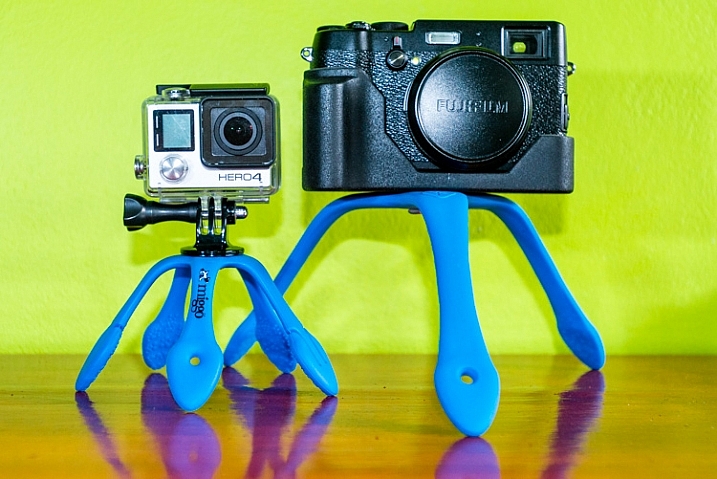
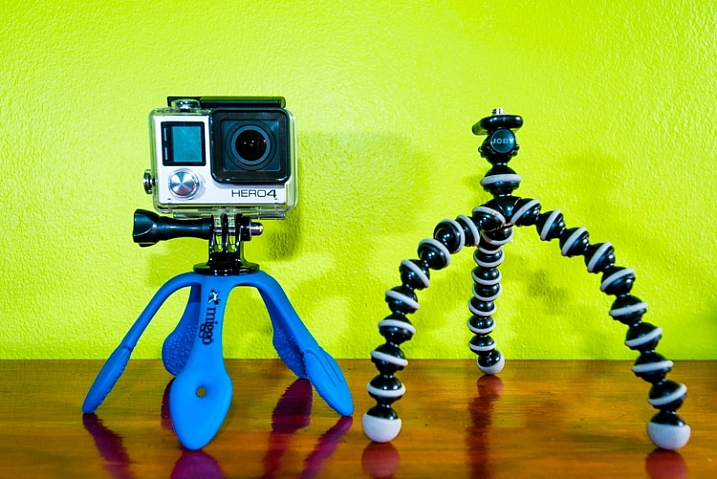
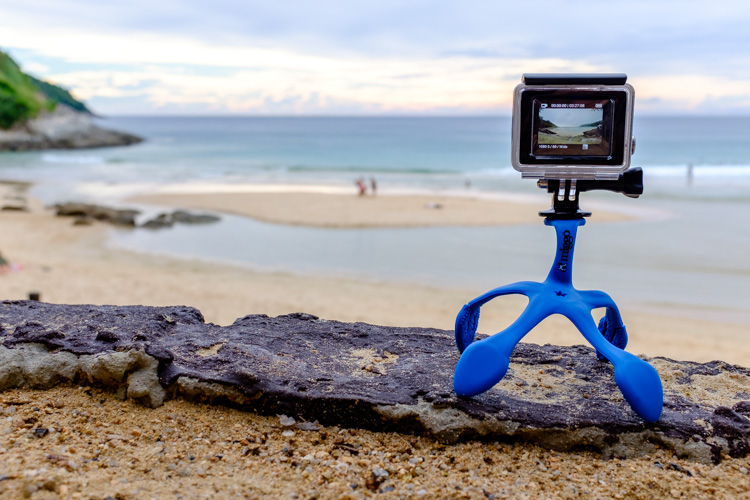
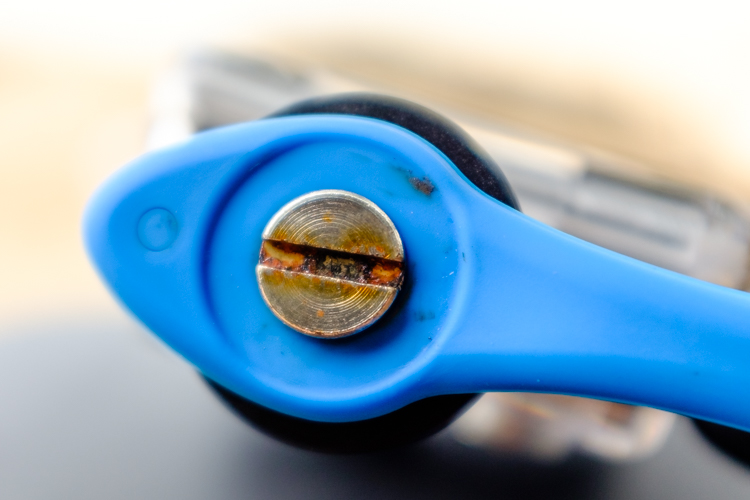
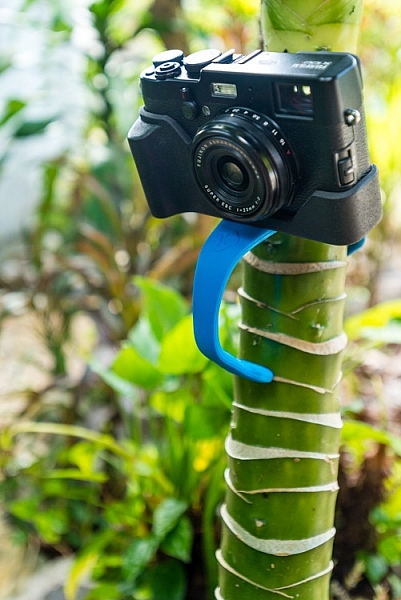
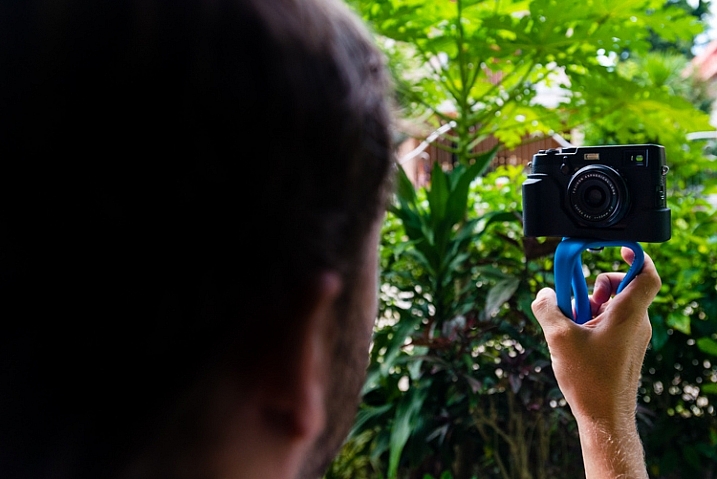
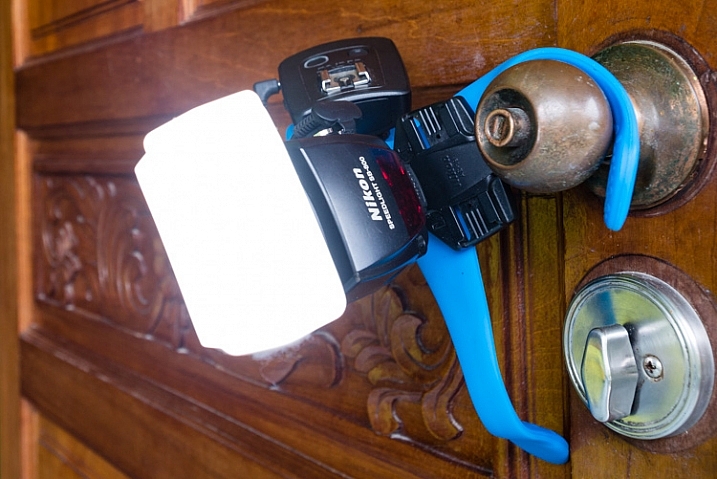
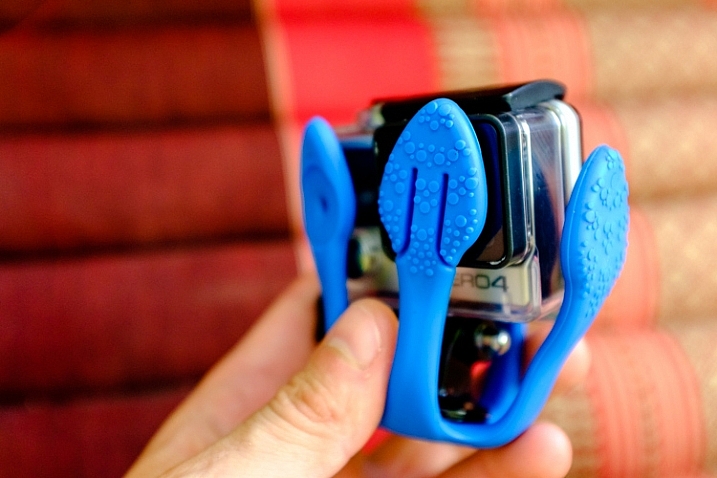
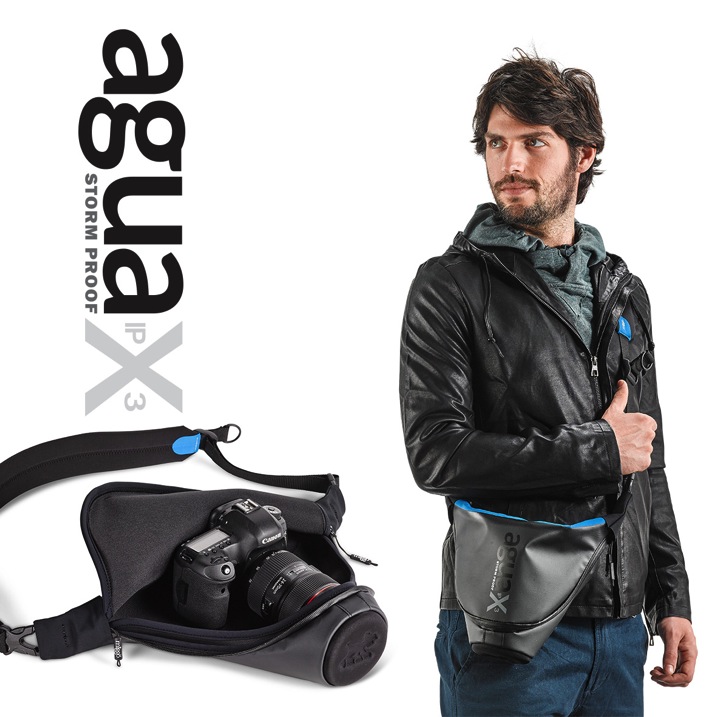

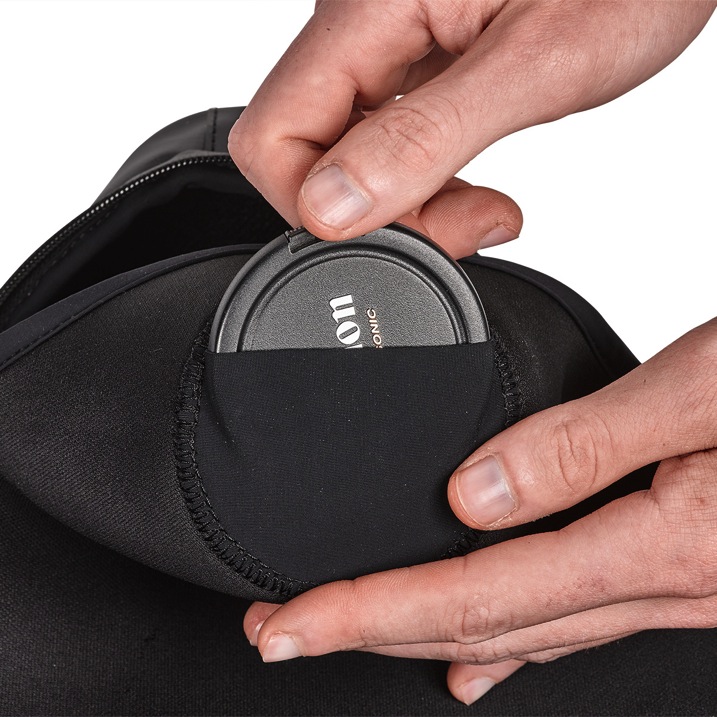

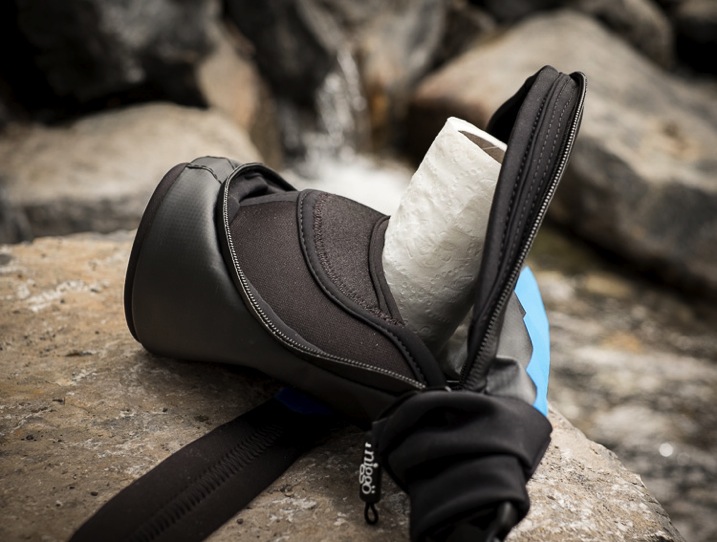
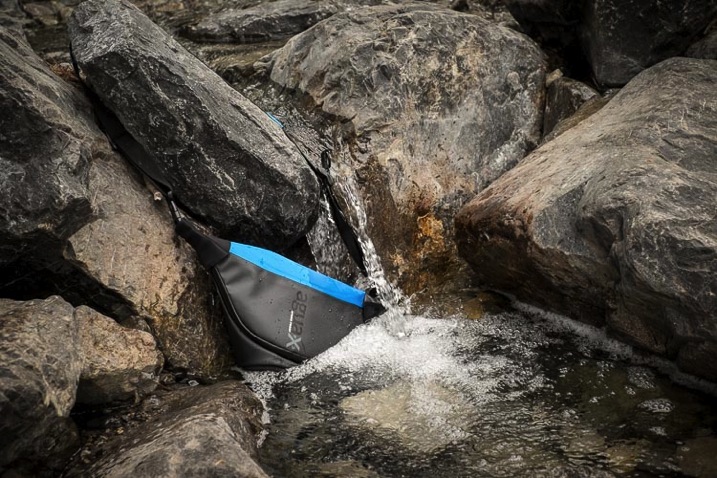


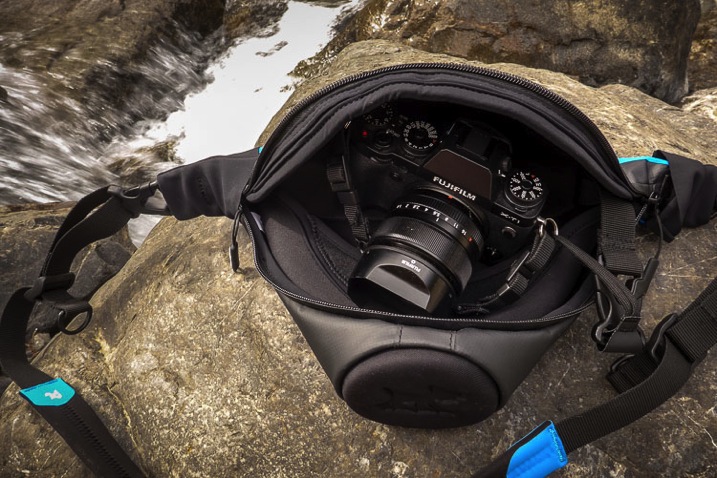
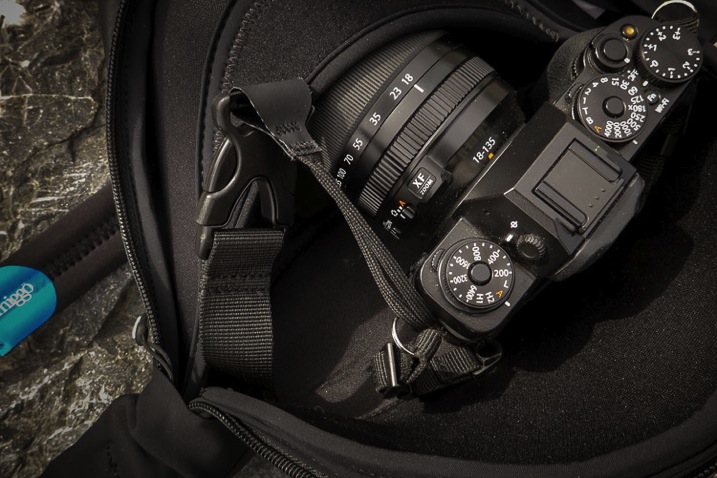

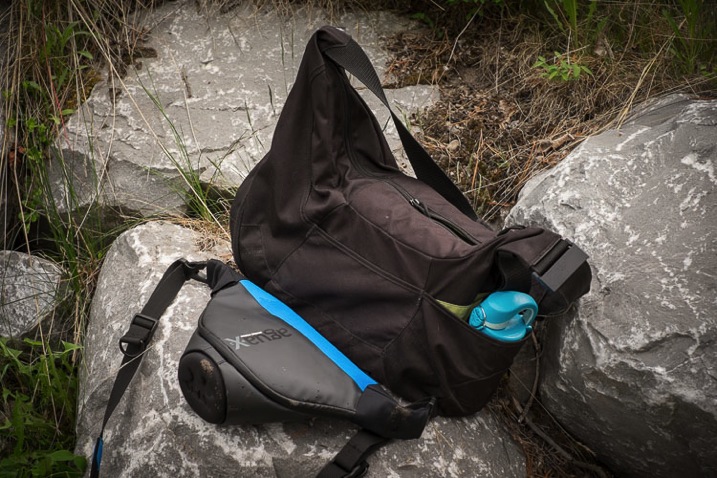
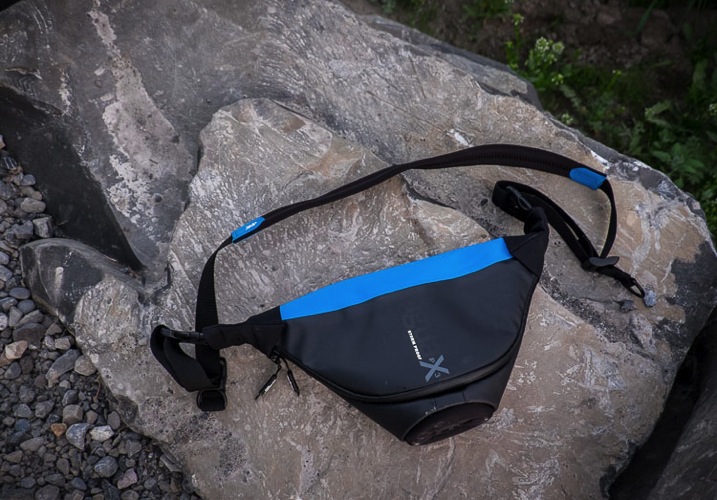
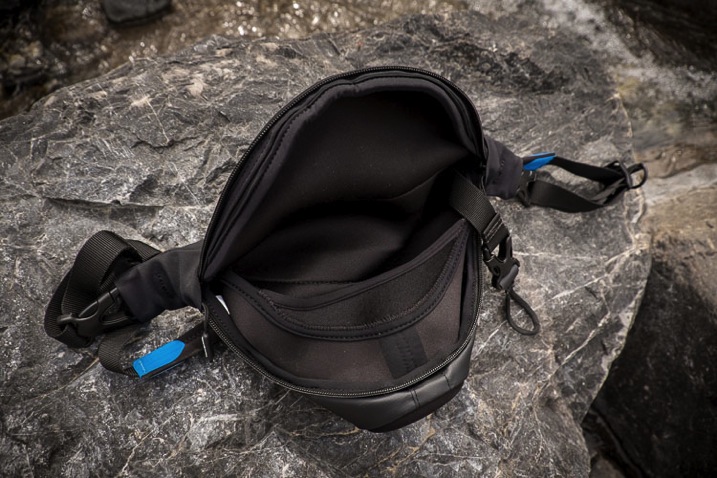
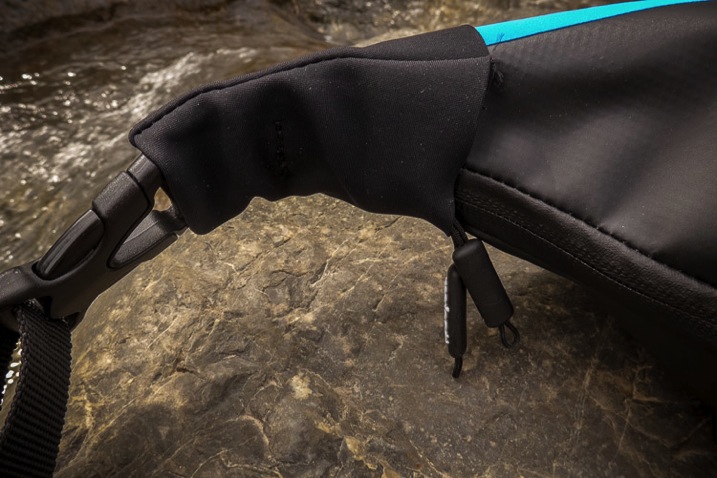
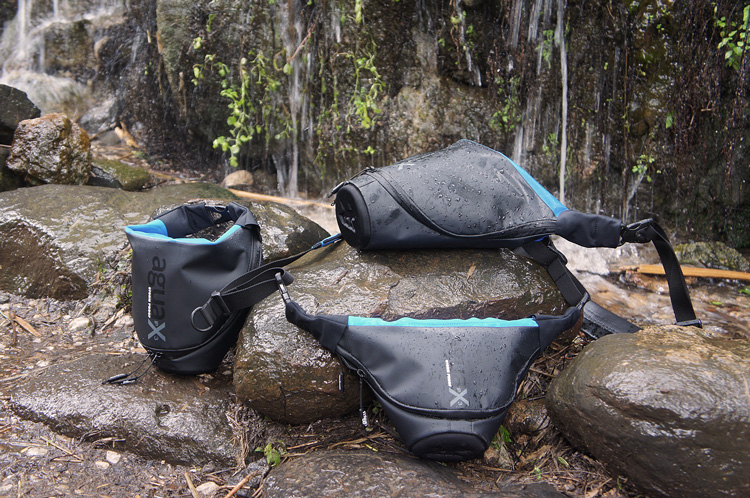
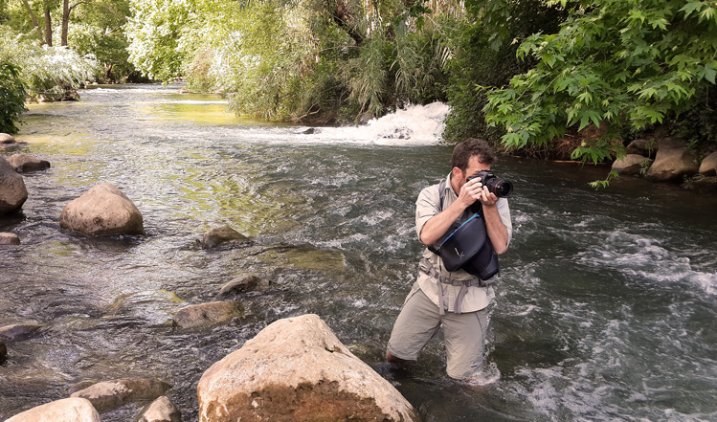


You must be logged in to post a comment.